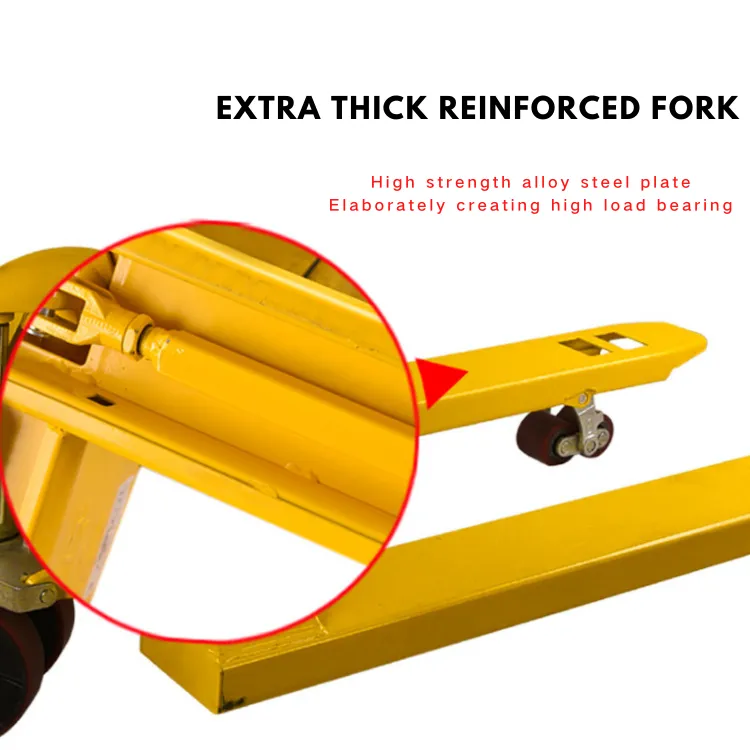industrial equipment relocation
Industrial Equipment Relocation Challenges and Best Practices
Relocating industrial equipment is a complex and demanding process that requires meticulous planning, specialized knowledge, and a skilled workforce. The relocation of machinery and equipment is often necessary due to changes in production needs, expansions, downsizing, or relocating to a new facility. Regardless of the reasons, the process can be daunting and often poses significant challenges if not managed correctly.
One of the primary challenges faced during the relocation of industrial equipment is ensuring the safety and integrity of the machinery. Industrial equipment, ranging from heavy machinery to delicate electronic devices, can be highly sensitive to environmental changes. Any mishandling during the disassembly, transportation, or reassembly can lead to costly damages or downtime. Therefore, it is crucial to engage professionals who are experienced in equipment relocation, as they possess the skills needed to handle, transport, and install heavy machinery safely and efficiently.
Another significant challenge is the logistical aspect of the move. Industrial equipment can be large and cumbersome, necessitating careful planning about how to transport it. This includes choosing the right vehicles and routes to minimize risks and ensure timely delivery. Additionally, site preparation at both the departure and arrival locations must be taken into account. This preparation often involves ensuring that the new site can accommodate the equipment both physically and in terms of utility connections, while also complying with industry regulations.
industrial equipment relocation

Furthermore, assessing the timeline and costs associated with the relocation is essential. Accurate budgeting can prevent unforeseen expenditures that could arise from equipment damage, delays, or additional labor costs. Developing a realistic timeline is equally important, as any extended downtime can directly impact productivity and revenue. Collaboration with stakeholders, including engineers, project managers, and facility managers, is key to establishing a clear timeline and ensuring all aspects of the relocation are covered.
One of the best practices in industrial equipment relocation is conducting a thorough pre-move assessment. This involves a detailed inventory of all equipment being moved, understanding the specific requirements for each item, and determining any necessary modifications or upgrades needed at the new location. A comprehensive assessment not only helps avoid surprises during the move but also assists in optimizing the layout of equipment in the new facility.
Training and communication are also critical components of a successful relocation. Staff should be well-informed of their roles during the process, and any needed training should be provided to alleviate apprehension and enhance efficiency. Clear communication between all parties involved—from management to the crew executing the move—ensures that everyone understands the timeline, their duties, and what to expect during the relocation.
In conclusion, industrial equipment relocation is a multifaceted process that requires careful planning and execution. By addressing the challenges associated with safety, logistics, budgeting, and communication, companies can successfully relocate their equipment with minimal disruption to their operations. Leveraging professional expertise and thorough pre-move assessments can further enhance the efficiency and effectiveness of the relocation process, ultimately supporting a smoother transition to the new operational setting.
-
Unlock Seamless Relocation with Our Heavy Equipment Moving ExpertiseNewsJun.06,2025
-
Unleash Unrivaled Flexibility with Our Adjustable Gantry CraneNewsJun.06,2025
-
Unleash Heavy-Duty Efficiency with Our Industrial Gantry Crane SolutionsNewsJun.06,2025
-
Revolutionize Steel Handling with Our Magnetic Lifter RangeNewsJun.06,2025
-
Master Equipment Mobility with Premium Machinery Mover SolutionsNewsJun.06,2025
-
Elevate Your Material Handling with Magnetic Lifter TechnologyNewsJun.06,2025
-
YS Permanent Lifting Magnets: The Smarter Way to Handle SteelNewsMay.22,2025
